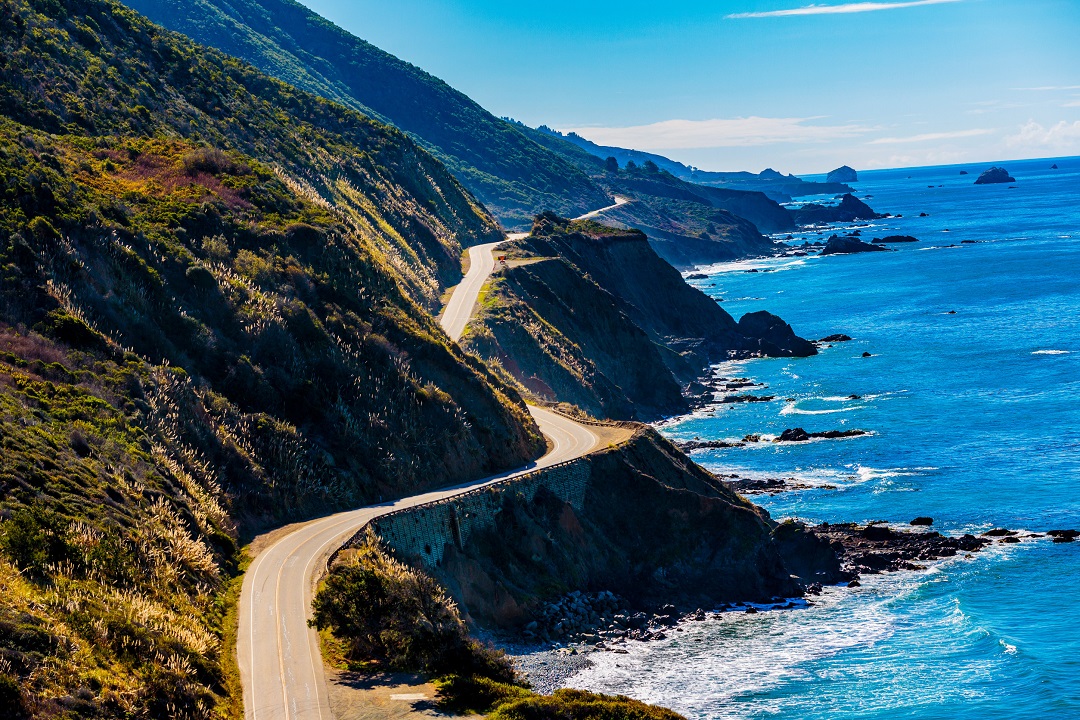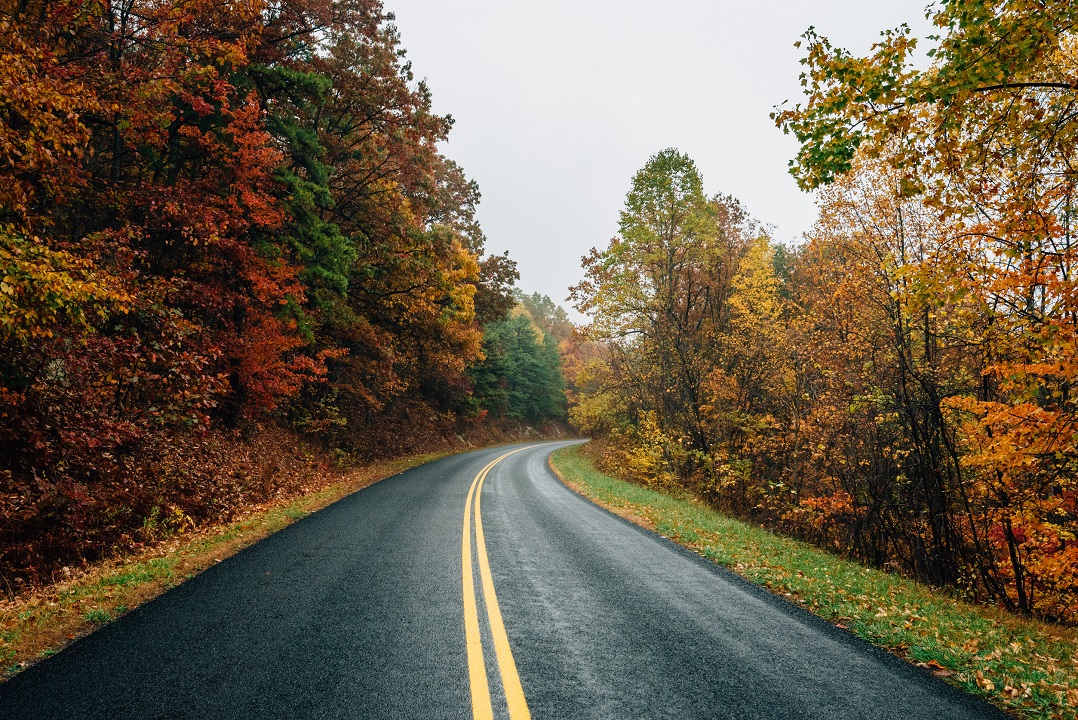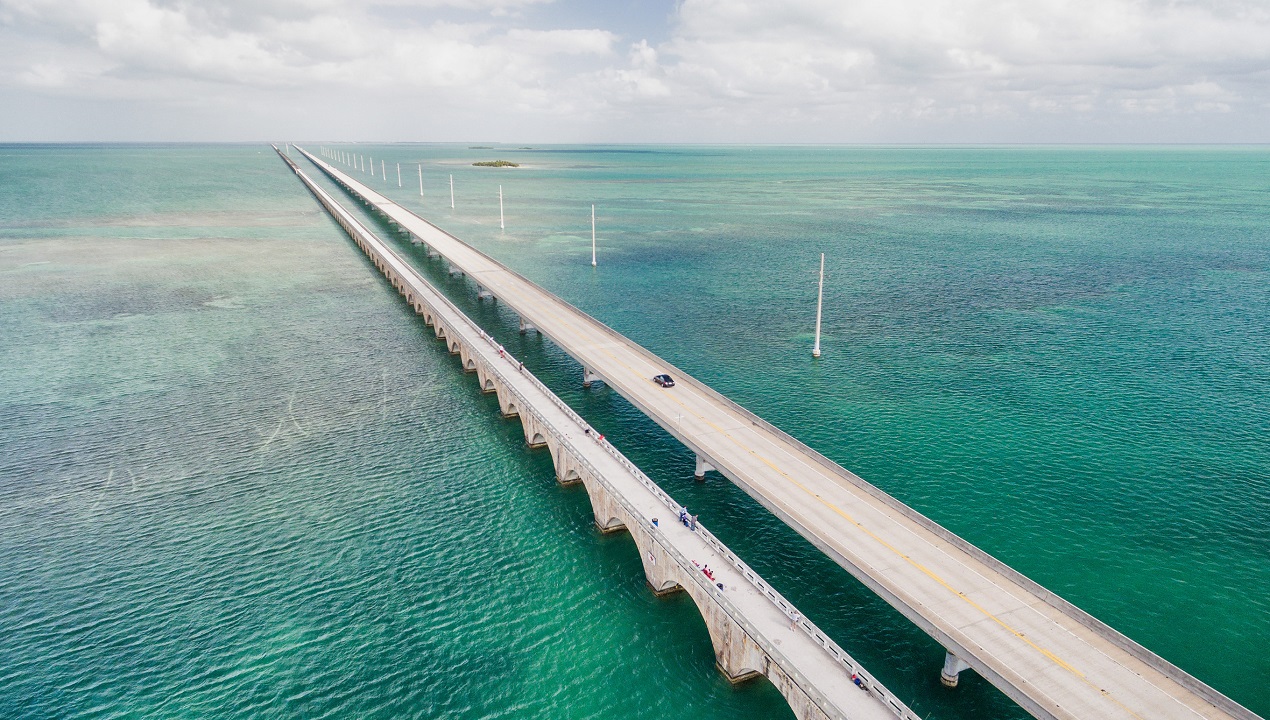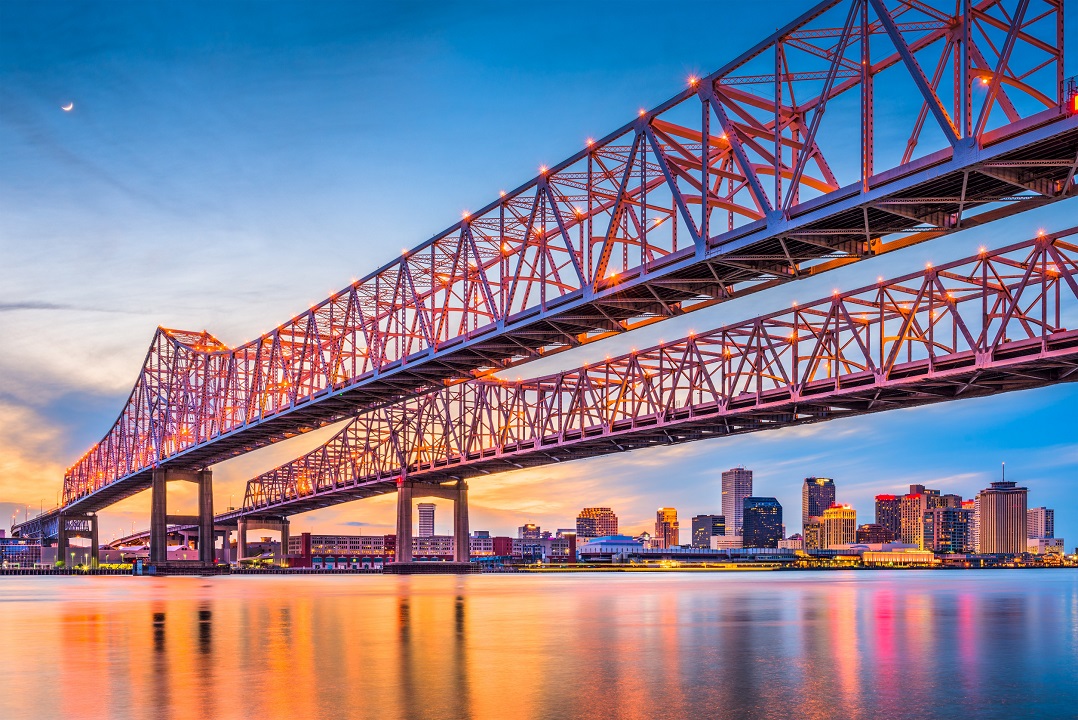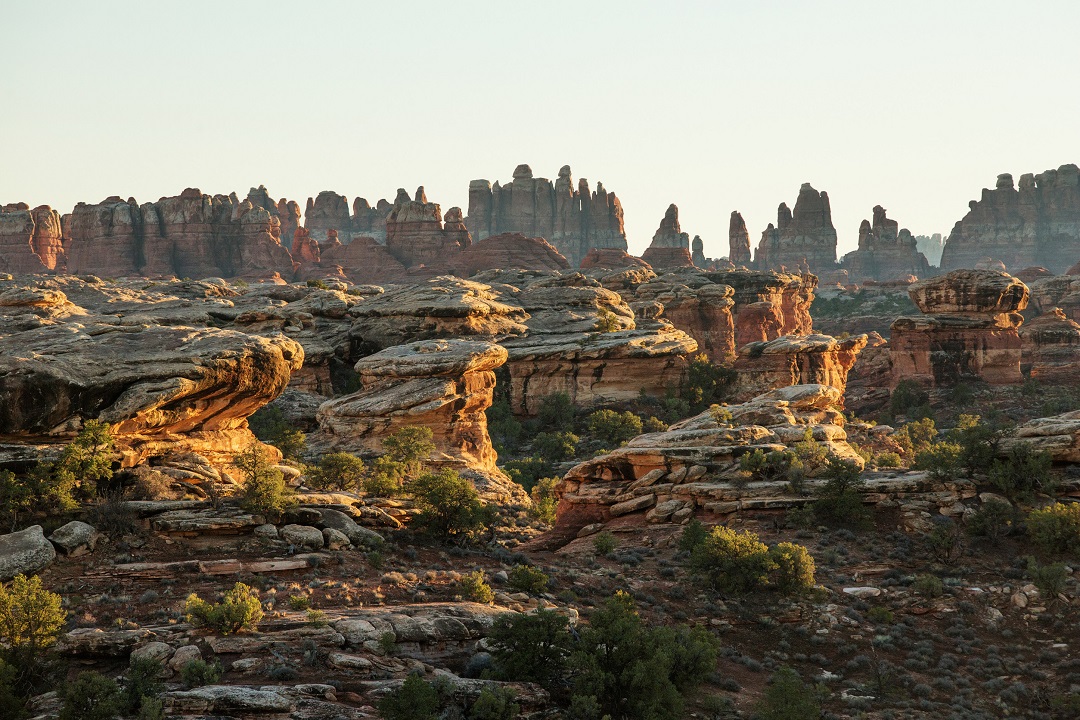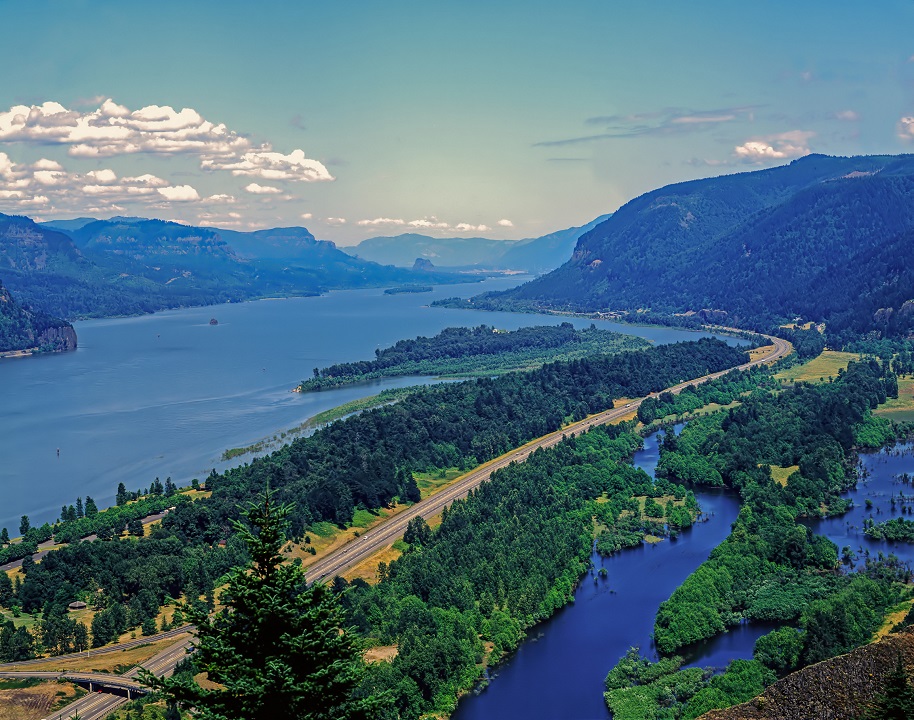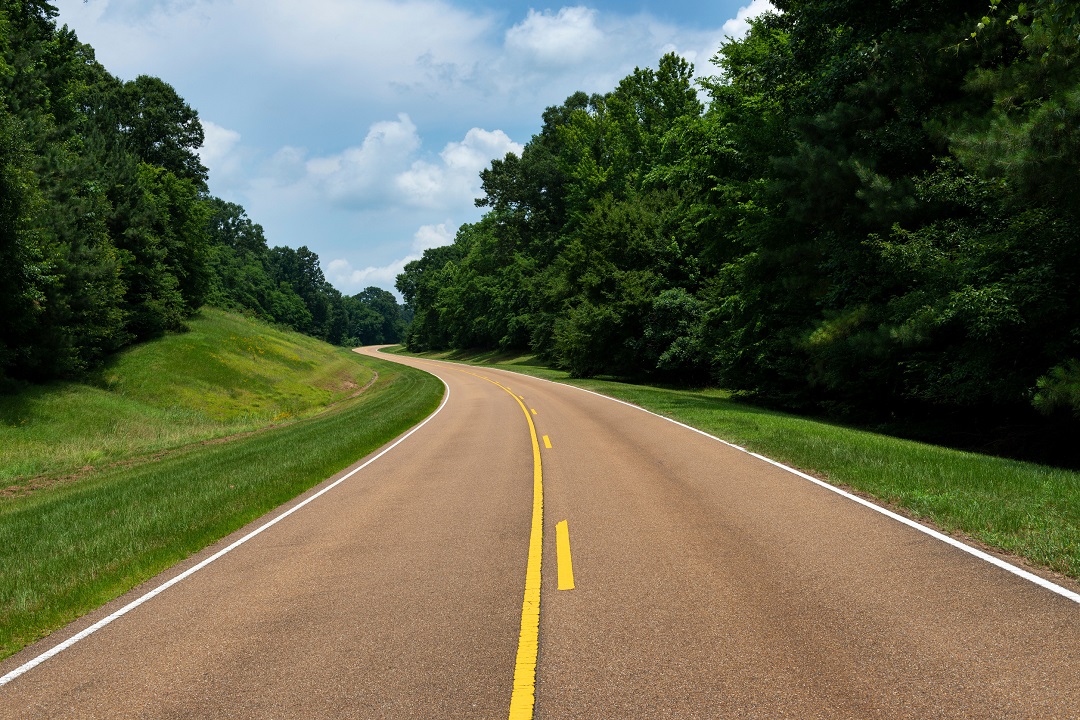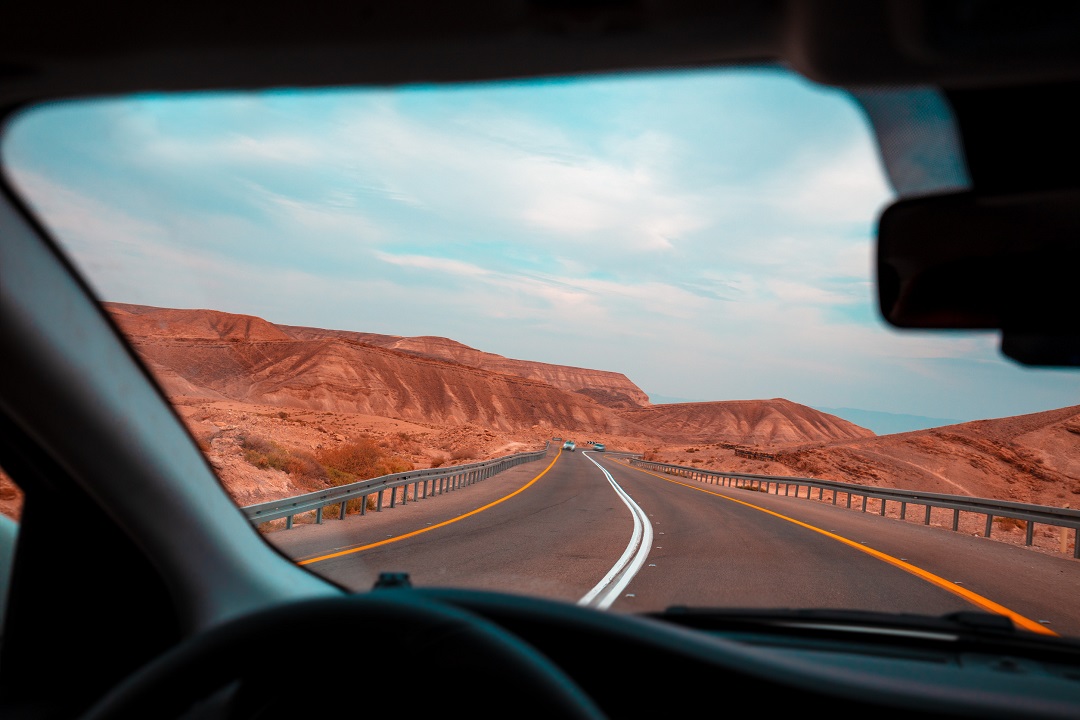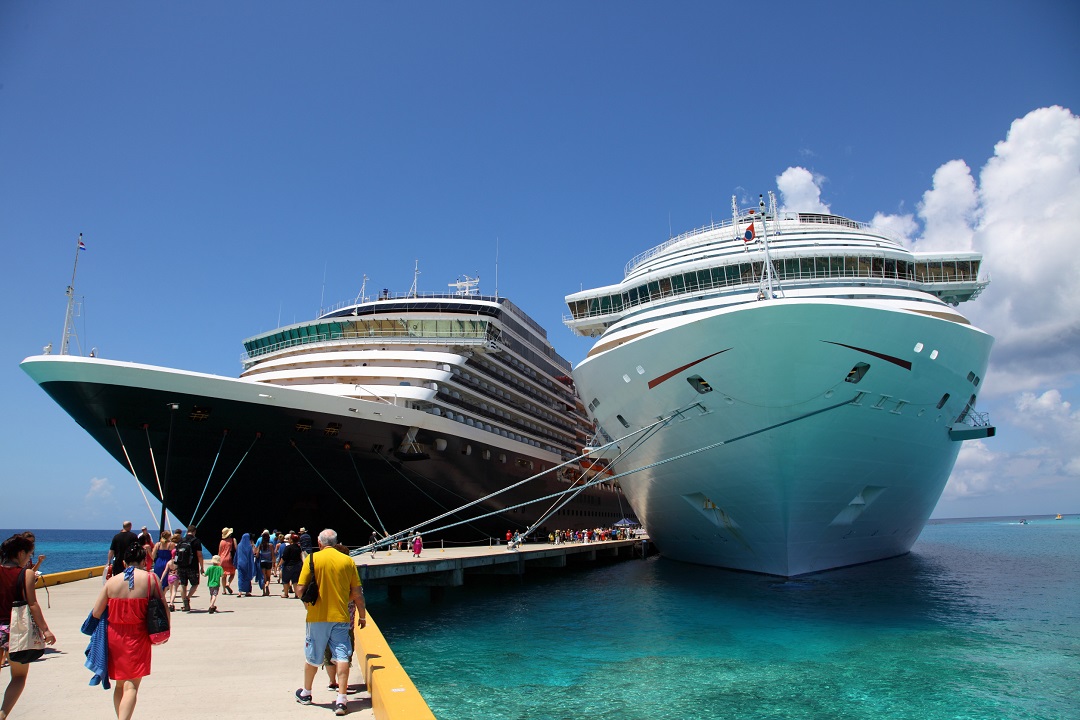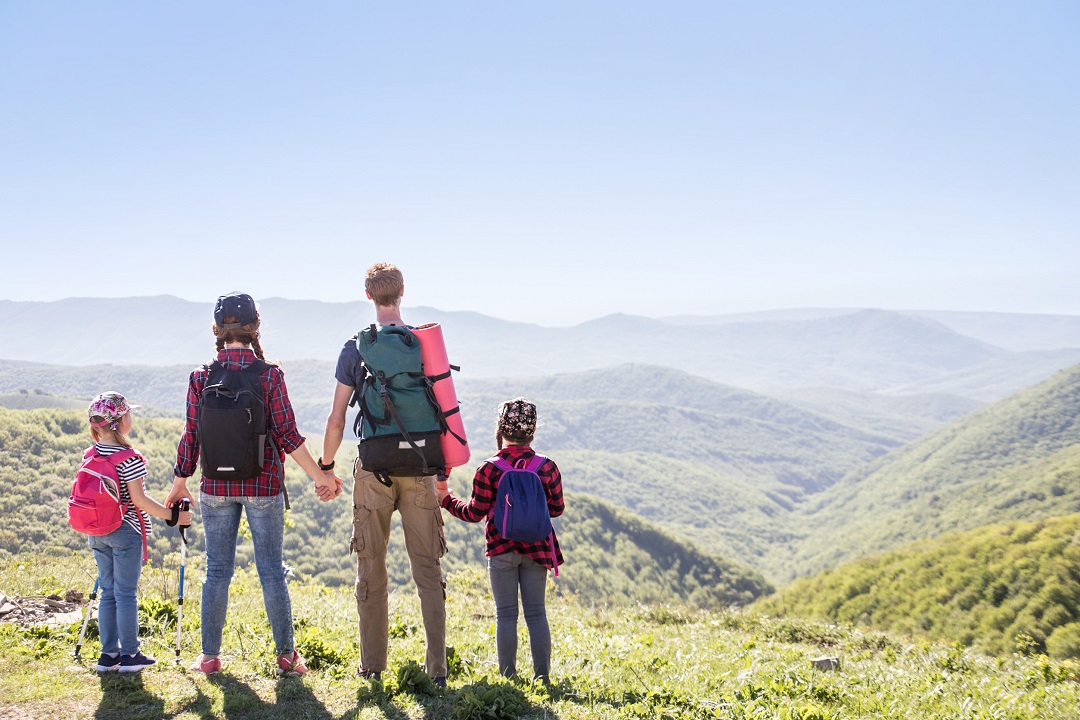 Family adventures are a fantastic way to create lasting memories and strengthen bonds. However, planning trips that cater to kids of all ages can be challenging. The key is to find activities that appeal to everyone and ensure a smooth, enjoyable experience for all. Here are some tips and ideas for planning memorable family adventures that kids of all ages will love.
Family adventures are a fantastic way to create lasting memories and strengthen bonds. However, planning trips that cater to kids of all ages can be challenging. The key is to find activities that appeal to everyone and ensure a smooth, enjoyable experience for all. Here are some tips and ideas for planning memorable family adventures that kids of all ages will love.
1. Choose Age-Appropriate Destinations
 Selecting a destination that offers activities for all age groups is crucial for a successful family adventure. For families with young children, consider destinations with kid-friendly attractions such as amusement parks, zoos, and interactive museums. These places provide entertainment and learning opportunities that can keep younger kids engaged and happy.
Selecting a destination that offers activities for all age groups is crucial for a successful family adventure. For families with young children, consider destinations with kid-friendly attractions such as amusement parks, zoos, and interactive museums. These places provide entertainment and learning opportunities that can keep younger kids engaged and happy.
For families with teenagers, look for destinations that offer more adventurous activities like hiking, water sports, and theme parks with thrilling rides. Older kids often enjoy destinations with a mix of outdoor activities and cultural experiences, providing both excitement and educational value.
2. Plan Activities for All Interests
 Balancing activities that cater to different interests can make your trip more enjoyable for everyone. Younger kids might love visiting a children’s museum or a petting zoo, while older kids might prefer more physically engaging activities like zip-lining or exploring historical sites.
Balancing activities that cater to different interests can make your trip more enjoyable for everyone. Younger kids might love visiting a children’s museum or a petting zoo, while older kids might prefer more physically engaging activities like zip-lining or exploring historical sites.
Creating a flexible itinerary that includes a variety of activities can help ensure that everyone has a great time. Allowing each family member to choose an activity or destination can also make the trip more inclusive and fun. This approach ensures that all interests are considered and that every family member feels valued.
3. Prepare for Travel Logistics
 Traveling with kids requires careful planning and preparation, especially when it comes to logistics. Ensure that you have all necessary travel documents, such as passports and visas, well in advance. Additionally, packing appropriately for the destination and ensuring that you have all essential items, like medications, snacks, and entertainment, can help make the journey smoother.
Traveling with kids requires careful planning and preparation, especially when it comes to logistics. Ensure that you have all necessary travel documents, such as passports and visas, well in advance. Additionally, packing appropriately for the destination and ensuring that you have all essential items, like medications, snacks, and entertainment, can help make the journey smoother.
Consider the needs of each age group when planning your travel arrangements. For example, younger children may require frequent breaks, while teenagers might need activities to keep them occupied during long trips. Planning for these logistics can help prevent meltdowns and keep everyone comfortable and happy.
4. Prioritize Safety and Comfort
 Safety and comfort should be top priorities when planning family adventures. Ensure that your accommodations are family-friendly and offer amenities such as cribs, high chairs, and childproofing. Research the destination to understand any health or safety concerns and take necessary precautions, such as vaccinations or travel insurance.
Safety and comfort should be top priorities when planning family adventures. Ensure that your accommodations are family-friendly and offer amenities such as cribs, high chairs, and childproofing. Research the destination to understand any health or safety concerns and take necessary precautions, such as vaccinations or travel insurance.
Comfort is also essential for a stress-free trip. Choose accommodations that provide enough space for everyone to relax and unwind. Consider booking a vacation rental or suite with separate sleeping areas to give everyone a bit of personal space, which can be especially important for longer trips.
5. Include Educational Experiences
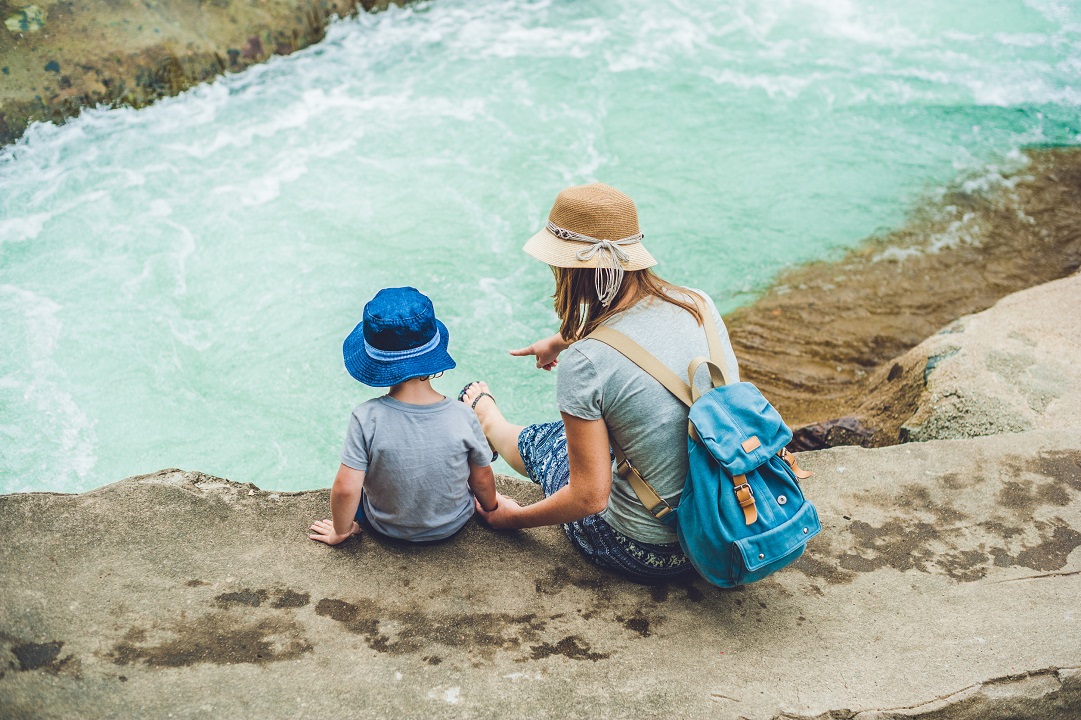 Incorporating educational experiences into your family adventures can make the trip more enriching and memorable. Visit museums, historical sites, and cultural landmarks that offer learning opportunities for kids of all ages. Many destinations also offer guided tours or interactive exhibits specifically designed for families.
Incorporating educational experiences into your family adventures can make the trip more enriching and memorable. Visit museums, historical sites, and cultural landmarks that offer learning opportunities for kids of all ages. Many destinations also offer guided tours or interactive exhibits specifically designed for families.
Educational experiences can be both fun and informative, providing valuable learning opportunities outside the classroom. They also allow kids to engage with new cultures and histories, fostering a deeper appreciation for the world around them.
6. Allow for Downtime
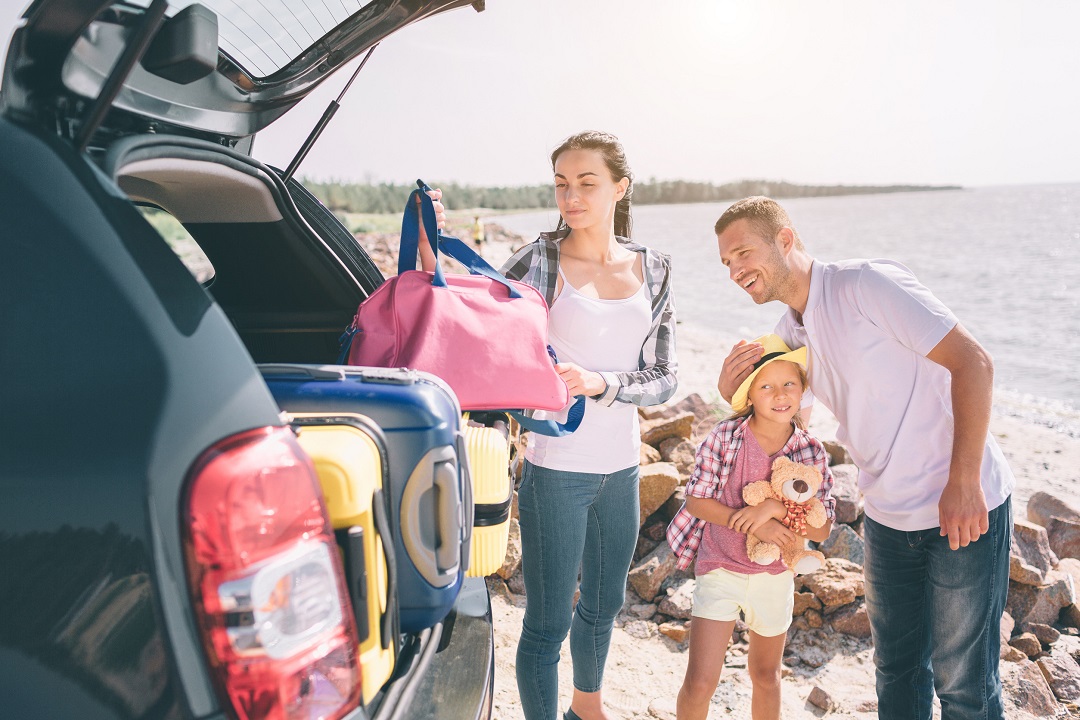 While it’s tempting to fill your itinerary with activities, it’s essential to allow for downtime. Kids, especially younger ones, can get overwhelmed with too much stimulation. Plan some relaxed activities, such as beach days, picnics, or quiet afternoons at the hotel pool, to give everyone a chance to rest and recharge.
While it’s tempting to fill your itinerary with activities, it’s essential to allow for downtime. Kids, especially younger ones, can get overwhelmed with too much stimulation. Plan some relaxed activities, such as beach days, picnics, or quiet afternoons at the hotel pool, to give everyone a chance to rest and recharge.
Downtime also provides an opportunity for spontaneous family moments, such as playing games, watching movies, or simply enjoying each other’s company. These quieter times can be just as memorable as the more structured activities and help create a balanced and enjoyable trip.
7. Involve Kids in Planning
 Involving your kids in the planning process can make them feel more invested in the trip. Ask for their input on destinations and activities, and let them help with some of the planning tasks. This can also help manage their expectations and build excitement for the adventure.
Involving your kids in the planning process can make them feel more invested in the trip. Ask for their input on destinations and activities, and let them help with some of the planning tasks. This can also help manage their expectations and build excitement for the adventure.
Giving kids a say in the planning process can also teach them valuable skills, such as budgeting, researching, and decision-making. It fosters a sense of responsibility and helps them understand the effort involved in organizing a successful trip.
8. Pack Wisely
 Packing wisely is essential for a smooth family adventure. Make a packing checklist of all necessary items, including clothing, toiletries, medications, and entertainment. Consider the specific needs of each family member and pack accordingly. For younger children, bring along comfort items such as favorite toys or blankets.
Packing wisely is essential for a smooth family adventure. Make a packing checklist of all necessary items, including clothing, toiletries, medications, and entertainment. Consider the specific needs of each family member and pack accordingly. For younger children, bring along comfort items such as favorite toys or blankets.
Packing light, yet efficiently, can make traveling easier. Use packing cubes or organizers to keep things neat and accessible. Remember to include essentials like sunscreen, insect repellent, and a basic first aid kit to handle any minor emergencies that might arise.
9. Plan for Meals and Snacks
 Meal planning is a crucial aspect of family adventures. Research dining options at your destination and make reservations if necessary. Look for family-friendly restaurants that offer a variety of options to accommodate different dietary preferences and needs.
Meal planning is a crucial aspect of family adventures. Research dining options at your destination and make reservations if necessary. Look for family-friendly restaurants that offer a variety of options to accommodate different dietary preferences and needs.
Bringing along snacks is also important, especially for travel days or excursions where food might not be readily available. Healthy snacks like fruit, nuts, and granola bars can keep everyone energized and prevent hunger-induced meltdowns.
10. Capture the Memories
 Documenting your family adventures can help preserve the memories for years to come. Encourage each family member to take photos and keep a travel journal. Create a scrapbook or photo album after the trip to showcase your experiences and the highlights of your journey.
Documenting your family adventures can help preserve the memories for years to come. Encourage each family member to take photos and keep a travel journal. Create a scrapbook or photo album after the trip to showcase your experiences and the highlights of your journey.
Involving kids in capturing memories can also enhance their engagement with the trip. Let them use a camera or smartphone to take pictures from their perspective, and involve them in creating a travel diary or drawing pictures of their favorite moments.
Cherishing the Journey
 Family adventures offer a unique opportunity to create lasting memories and strengthen family bonds. By carefully planning and considering the needs and interests of each family member, you can ensure a memorable and enjoyable trip for everyone. Embrace the journey, enjoy the moments, and cherish the time spent together. With thoughtful preparation and a spirit of adventure, your family can create unforgettable experiences that will be treasured for a lifetime.
Family adventures offer a unique opportunity to create lasting memories and strengthen family bonds. By carefully planning and considering the needs and interests of each family member, you can ensure a memorable and enjoyable trip for everyone. Embrace the journey, enjoy the moments, and cherish the time spent together. With thoughtful preparation and a spirit of adventure, your family can create unforgettable experiences that will be treasured for a lifetime.

Toi Williams began her writing career in 2003 as a copywriter and editor and has authored hundreds of articles on numerous topics for a wide variety of companies. During her professional experience in the fields of Finance, Real Estate, and Law, she has obtained a broad understanding of these industries and brings this knowledge to her work as a writer.

